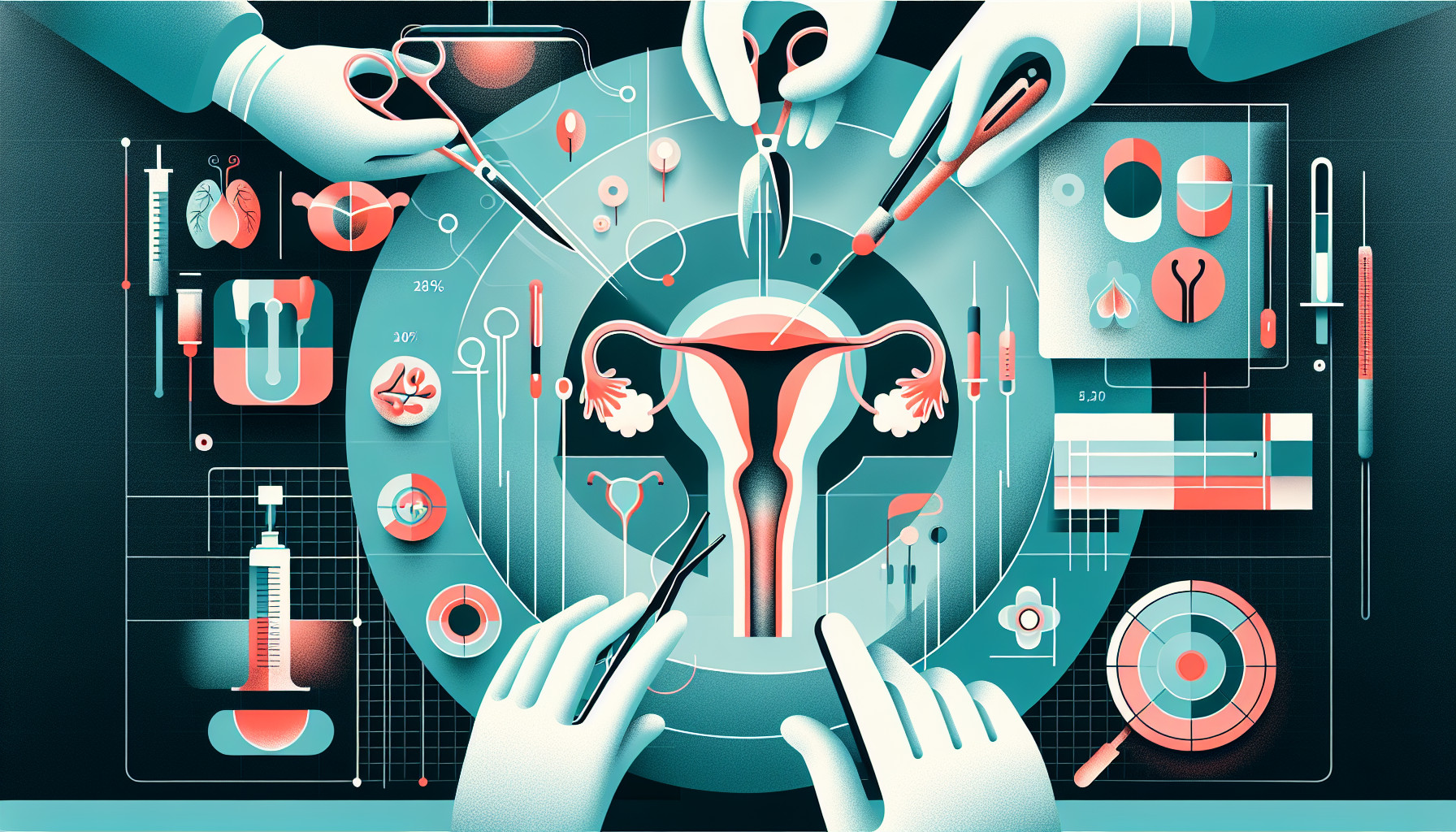Our Summary
This research paper discusses advances in the treatment of urethral stricture, a condition where the urethra (the tube that carries urine from the bladder out of the body) becomes narrowed due to scarring. The paper suggests that a surgical procedure called urethroplasty is often the best long-term treatment for this condition, as opposed to repeated endoscopic treatments which may have risks and complications.
The researchers note that urethroplasty techniques have been refined to improve patient outcomes and that most procedures can now be completed in a single day. They also suggest that being careful not to cut or move the urethra too much during surgery may help reduce sexual dysfunction after the operation.
The trend towards using tissue from the patient’s mouth (buccal mucosal grafts) for single stage penile urethroplasty is likely to reduce patient discomfort without compromising the success of the procedure.
Looking ahead, the researchers suggest that combining treatments that enhance wound healing with tissue engineering techniques could further improve outcomes for patients, particularly those at high risk of their urethral stricture returning. They see this combined approach as a promising avenue for future research.
FAQs
- What makes urethroplasty the preferred choice of treatment for urethral stricture?
- How has the process of urethroplasty evolved over time?
- What are some potential future developments in improving urethroplasty outcomes?
Doctor’s Tip
One helpful tip a doctor might tell a patient about urethroplasty is to follow post-operative care instructions carefully, including avoiding strenuous activities and keeping the surgical site clean to promote proper healing. It is also important to attend all follow-up appointments to monitor progress and address any concerns promptly. Additionally, maintaining good overall health through a balanced diet and regular exercise can help support the healing process.
Suitable For
Patients with anterior urethral strictures that have failed endoscopic treatments, have recurrent strictures, have complex strictures (such as those associated with radiation therapy or lichen sclerosus), or have long strictures (>2 cm) are typically recommended for urethroplasty. Additionally, patients who are young and sexually active, those with severe symptoms, and those with poor quality of life due to their strictures may also benefit from urethroplasty. Ultimately, the decision to recommend urethroplasty should be made on a case-by-case basis after thorough evaluation by a urologist.
Timeline
Before urethroplasty:
- Patient experiences symptoms of urethral stricture such as difficulty urinating, weak urine flow, frequent urinary tract infections, and urinary retention.
- Patient undergoes diagnostic tests such as urethral imaging, uroflowmetry, and cystoscopy to confirm the presence and severity of the stricture.
- Patient may undergo multiple endoscopic treatments such as urethrotomy or dilatation to temporarily relieve symptoms.
After urethroplasty:
- Patient undergoes urethroplasty surgery to reconstruct the narrowed or scarred urethra using tissue grafts or flaps.
- Patient is discharged on the same day of surgery in many cases.
- Patient is advised to follow post-operative care instructions such as urinary catheter placement, wound care, and follow-up appointments.
- Patient experiences improved urinary function and relief from symptoms of urethral stricture.
- Patient may need to undergo periodic follow-up appointments to monitor for potential complications or recurrence of stricture.
What to Ask Your Doctor
- What is the success rate of urethroplasty for my specific condition?
- What are the potential risks and complications associated with urethroplasty?
- What is the recovery process like after urethroplasty?
- Are there any alternative treatments to urethroplasty that I should consider?
- How long will the effects of urethroplasty last?
- Will I experience any changes in sexual function after undergoing urethroplasty?
- How many urethroplasty procedures have you performed, and what is your success rate?
- What type of urethroplasty procedure do you recommend for my condition?
- Are there any lifestyle changes or precautions I should take after undergoing urethroplasty?
- What is the expected outcome of urethroplasty for me personally, given my specific circumstances?
Reference
Authors: Naud E, Rourke K. Journal: Urol Clin North Am. 2022 Aug;49(3):371-382. doi: 10.1016/j.ucl.2022.04.002. Epub 2022 Jun 30. PMID: 35931430
